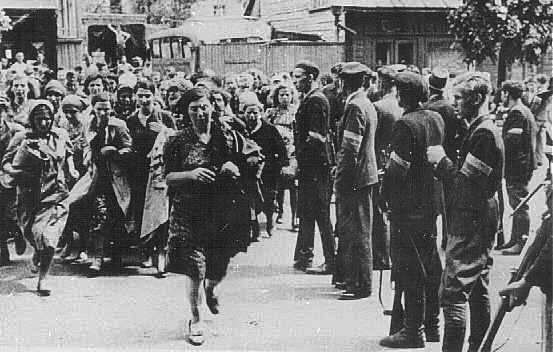Experiences of Polish Antisemitism in the Holocaust and Polish Reflections about the Holocaust Today

(The funeral for the victims of the Kiecle Pogrom, Poland 1946)
Throughout my internship at the Holocaust Education Center, I have seen survival testimonials across Europe. One of the most common countries where people came from was Poland. Poland lost more of its Jewish population than any other country in Europe as 90% of the country’s Jewish population was killed. Through analyzing the testimonies I came upon the realization that while Poland was a victim of the German invasion of the Nazis, many Poles were not opposed to antisemitic beliefs of the Nazis. There are large instances of how antisemiticism persisted directly after the Holocaust such as the Kielce Pogrom of July 4, 1946, but I also saw Polish antisemitism in the survivor testimonials I viewed such as Sam Krongold, Chana Konopiski and Roman Zieglar.
By Matthew Halsall

